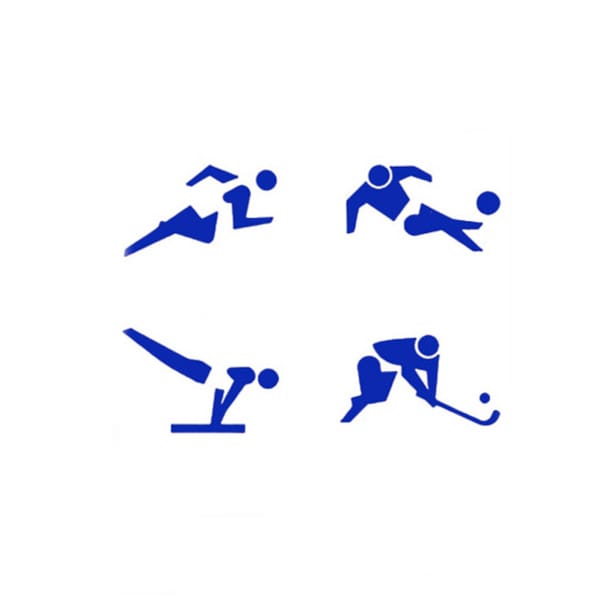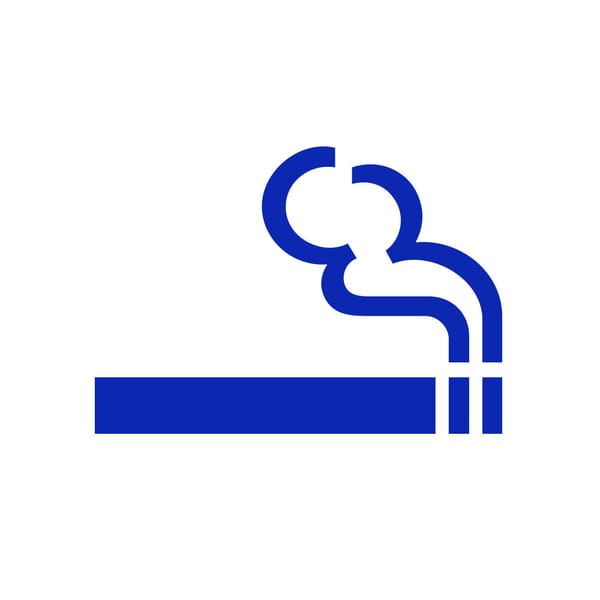Service designaceJ. Paul Neeley explains why a paper plane is the only sane way to communicate the spread of your digital generosity. When I was little I was fascinated by paper airplanes. I remember my dad first teaching me how to make one... the orientation of the paper, the fold and crease, the proper proportions, the perfect toss. The particular version he taught me was a slight variation on a relatively popular design, but unique enough that when I showed friends they were usually impressed. Pens and pencils were brought out to personalise the fuselage, and the plane, a great glider, would be tuned with custom flaps on the back wingtips so that, after being tossed, it would move in a beautiful big loop before drifting in for landing. Sometimes the perfect plane was never thrown, but flown around the room in hand with accompanying sound effects.
When we were very young my dad would take my brothers and me down the street on a Saturday to the empty church basketball gym where we would play for hours with our planes, experimenting with the designs. It was a perfect testing ground, no wind to disturb their flight, high ceilings, and lines on the court to act as runways and to measure their flight distance. This fascination with the paper airplane is not something I’ve grown out of either. I remember a few years ago walking with my date up to the very highest seats in the house at the end of a concert at a very famous concert hall, carefully tearing out pages from the program, showing her how to fold a paper airplane as my Dad had shown me. We then sent our creations into the hall to gracefully glide down and down and down, landing on the stage while we made our escape.
It is these resonances and associations, from experiences many of us share, that make the paper airplane icon so interesting to me. The paper airplane zips, glides, loops, sails and soars. It is created by the individual with care, and then thrown with intent, sent on its way to another destination. It is a playful gesture, happy and carefree, twisting and turning through space as invisible forces carry it along its way. All of these attributes and all of my past experiences are mapped to the paper airplane and, while I may not remember them specifically with each icon interaction, it is nonetheless a powerful conceptual metaphor, firmly rooted in my cognitive frame the moment I “click to send.”
This is what makes the paper airplane icon work. These types of metaphors are powerful design tools. Often stated A is B, where the attributes of B are mapped to A, metaphors give us a new way of seeing A. In this case A is the sending activity and B the paper airplane, with all of those associated memories, attributes and experiences mentioned above helping us see the sending activity in a very different way to the envelope and mail icons of the past. I acknowledge that while it works for me personally, it may fail some people if they do not have an understanding of paper airplanes, as they will not feel the conceptual resonance. Additionally, while there may be a great deal of freshness generally with the symbol at this moment, it will in time (as metaphors do) evolve to be a literal representation. Once understood widely as “send” it may lose its zest just as the envelop of past send icons has, a fact that has lead to this new rendition, but until then I'll very much enjoy its design and associations in this current moment.
jpaulneeley.com
J. Paul Neeley
…is a multidisipliary designer and researcher based in London. Neeley is a tutor in Service Design at the Royal College of Art, and has guest lectured at Imperial College: Computer Science, NYU: ITP, and SVA: Design for Social Innovation. His current work explores the human implications of emerging technologies, designing speculative futures that engage with possibility as a way of reframing and understanding anew our current state. He is a Co-Founder & CEO of YossarianLives, a metaphorical search engine, leads a team at Masamichi Souzou, working on the optimisation of happiness through the consideration of everything, and consults in Service & Experience Design at Neeley Worldwide.
October 7, 2014 3 minutes read
Share Mail
Service design ace J. Paul Neeley explains why a paper plane is the only sane way to communicate the spread of your digital generosity.






